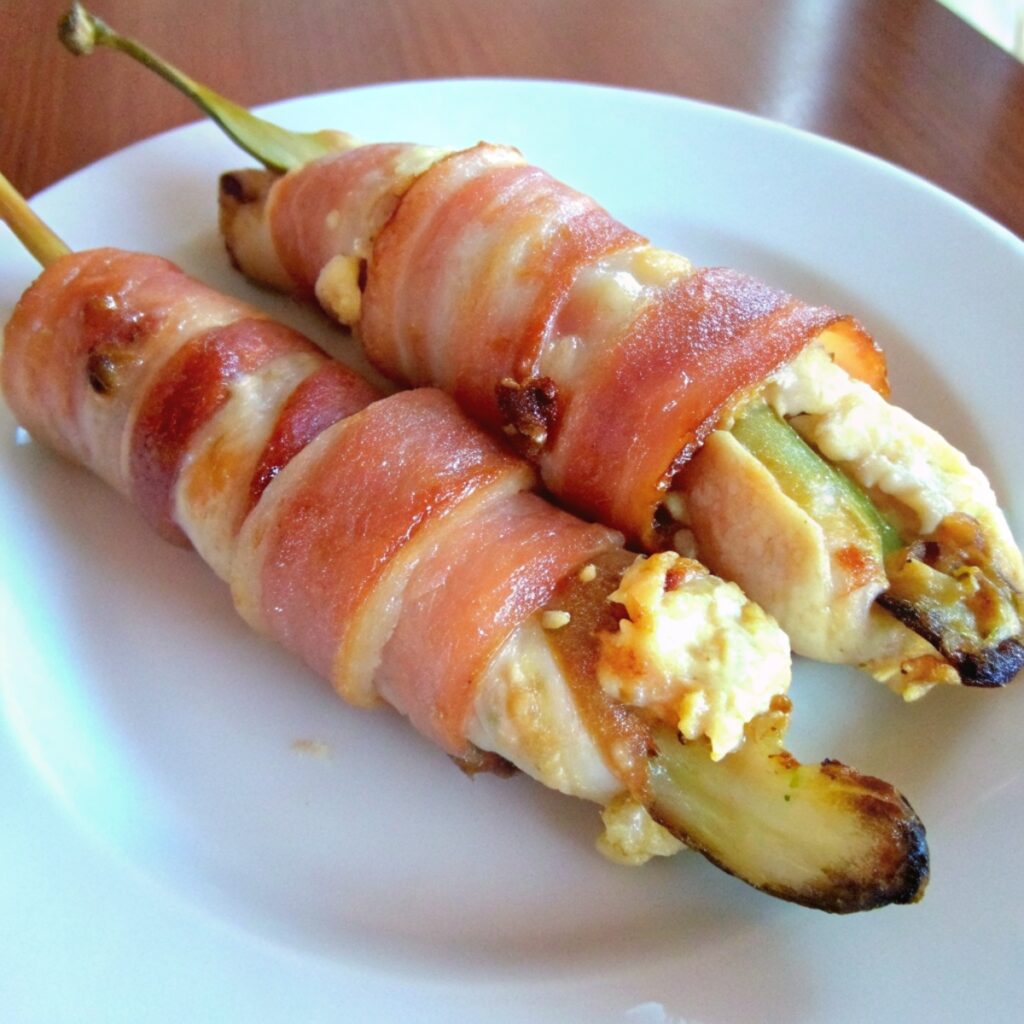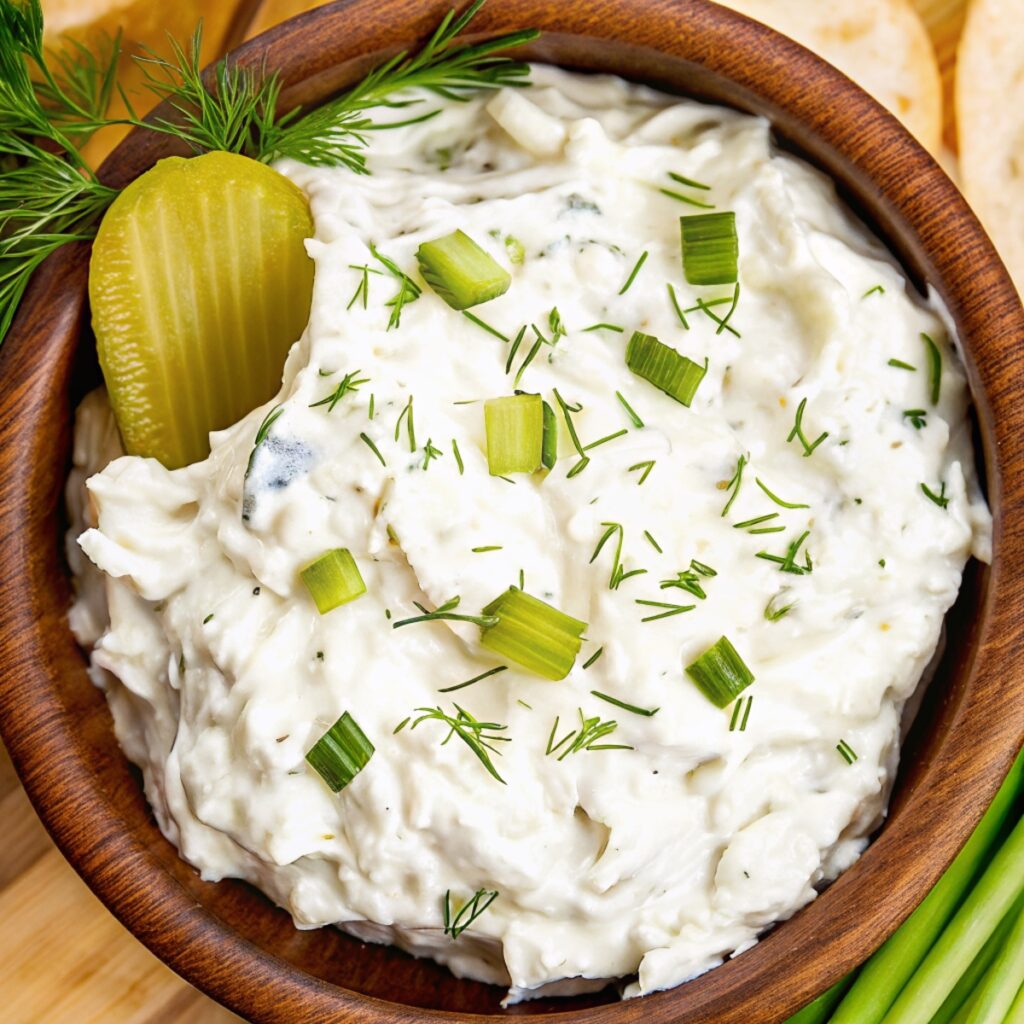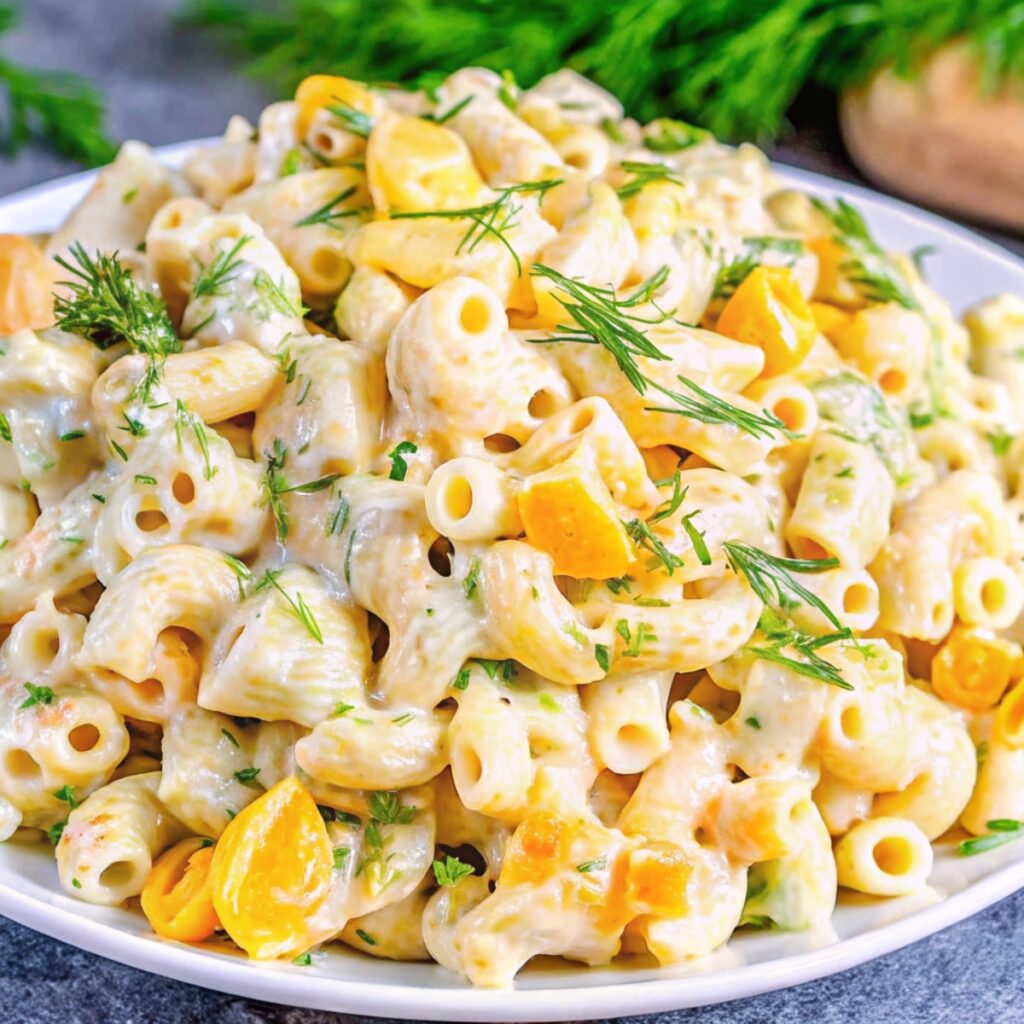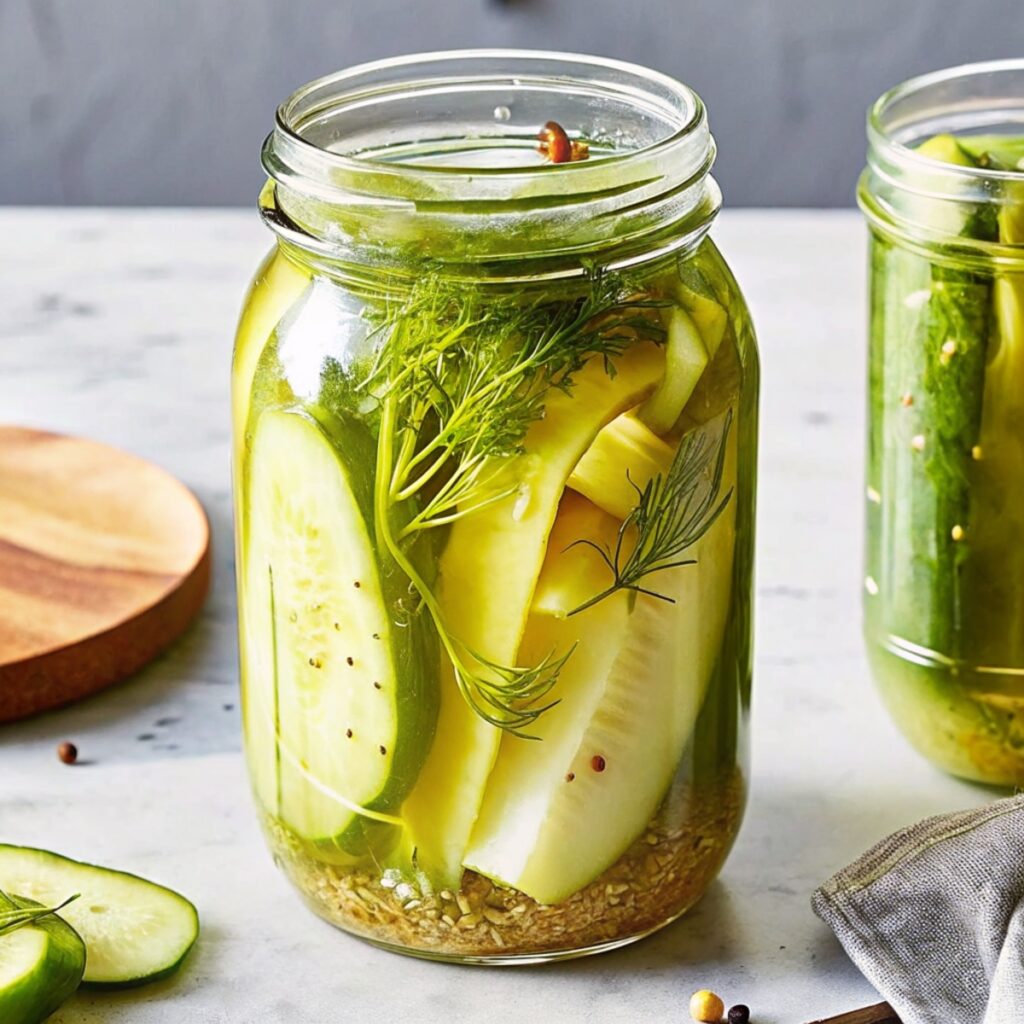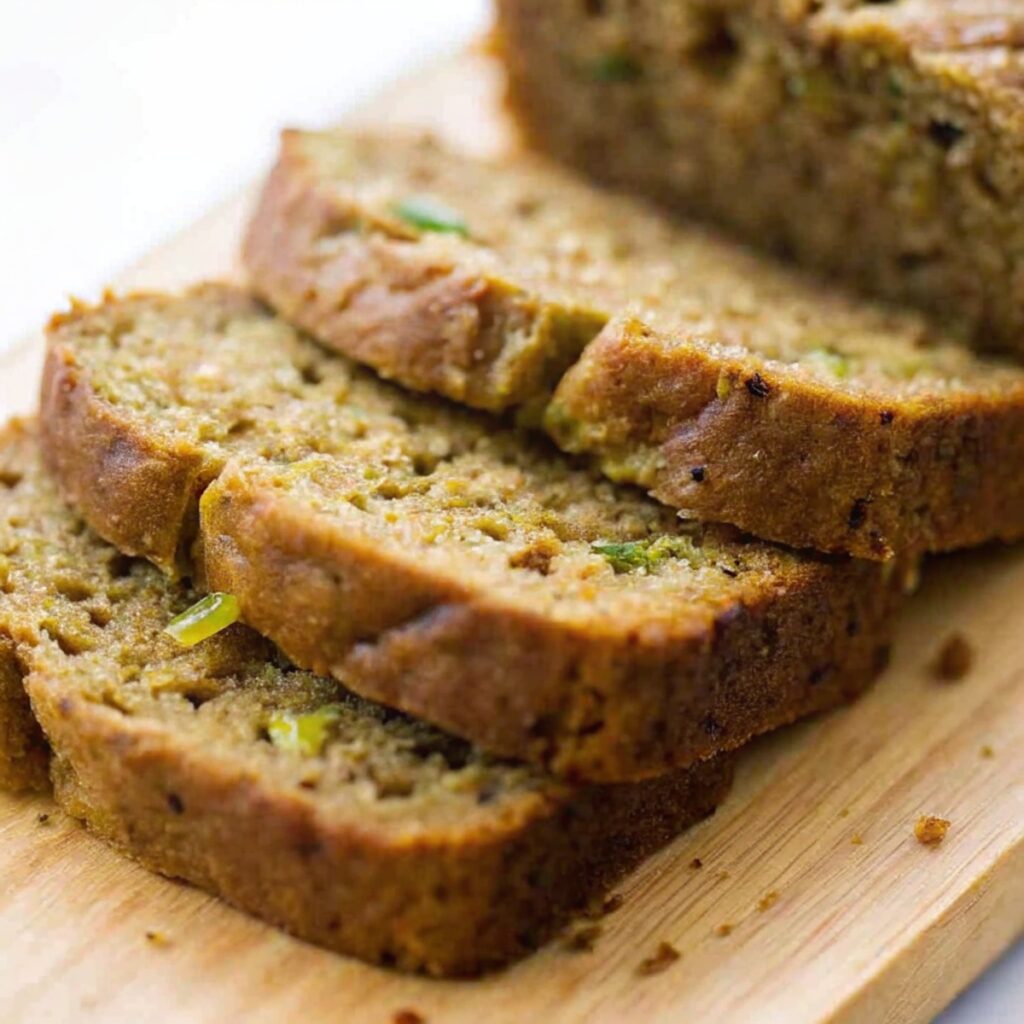The simplicity of Moroccan bread belies the depth of flavor it offers. It’s a bread that doesn’t need fancy ingredients or elaborate techniques—just a few basic elements that, when combined, create a loaf that is both rustic and refined. The dough, when kneaded to perfection, becomes a canvas for the rich traditions of Moroccan cuisine. The process of making it, from activating the yeast to shaping the dough, feels like a journey through time, connecting me with my ancestors who first introduced this bread to our family table.
This recipe for Traditional Moroccan Bread is a celebration of those cherished moments. It’s not just about baking bread; it’s about recreating a piece of my childhood and sharing it with you. The process might seem simple, but each step is infused with history and love. As you bake this bread, imagine yourself in a Moroccan kitchen, the walls lined with colorful tiles and the aroma of freshly baked bread filling the air. It’s a sensory experience that transcends borders and brings us all a little closer together.
So, roll up your sleeves, dust off your apron, and let’s embark on this culinary journey. Whether you’re serving it with a hearty stew or just enjoying it with a pat of butter, this Traditional Moroccan Bread will bring a touch of Morocco to your home.
Making Traditional Moroccan Bread
Click here to get printable version
Ingredients
- 4 cups all-purpose flour (can substitute with a mix of wheat and white flour)
- 2 cups lukewarm water
- 1 tablespoon active dry yeast (or 1 packet of a similar brand like Red Star)
- 2 teaspoons salt
- 1 teaspoon granulated sugar
Directions
- In a small bowl, mix the yeast, sugar, and 1 cup of warm water. Stir until well combined and let it sit until the yeast begins to foam.
- In a large bowl, combine the flour and salt. Once the yeast mixture is bubbly, pour it into the flour mixture and start mixing.
- Gradually add the remaining warm water to the dough mixture, using as much as needed to form a dough ball. The dough should be slightly sticky.
- Apply a little vegetable oil to your hands and knead the dough. You might not need the entire 1/4 cup of oil.
- Knead the dough for 8-10 minutes until it becomes smooth and elastic. If using a stand mixer, knead for about 5 minutes.
- Lightly oil both the dough and the bowl, cover with a cloth, and let it rest for 15 minutes.
- Divide the dough into 2-3 equal portions, depending on the desired size of your bread.
- Shape each portion into a ball and flatten it on a floured surface, like preparing a pizza crust. The traditional shape is round, but you can shape it as desired.
- Flatten each piece to about 1/4 inch thick, ensuring an even thickness.
- Cover the flattened dough with a towel and allow it to rise for 45 minutes. Meanwhile, preheat your oven to 400-425°F (200-220°C).
- Once risen, prick the dough several times with a fork and place it on a baking sheet or baking stone.
- Bake for 18-20 minutes, or until the bread is golden brown and sounds hollow when tapped. Remove from the oven and let it cool.
Storing Suggestion
Store the bread in an airtight container or plastic wrap at room temperature for up to 3 days. For longer storage, freeze the bread by wrapping it tightly in plastic wrap and aluminum foil. Thaw at room temperature before serving.
Cooking Tips
For a softer crust, cover the bread with a damp cloth immediately after baking. If you prefer a crisper crust, leave the bread uncovered to cool. You can also experiment with adding herbs or spices to the dough for added flavor.
Serving Suggestions
Traditional Moroccan bread pairs well with soups, stews, and tagines. It can also be used to scoop up dips and sauces or served with a simple olive oil and herb dip.
Ingredient Substitutions
If you prefer a whole grain option, substitute some of the all-purpose flour with whole wheat flour. You can also use honey instead of sugar for a slight variation in sweetness.
Seasonal Variations
Incorporate seasonal herbs or spices into the dough, such as rosemary in the fall or fresh parsley in the spring, to give the bread a seasonal twist.
Allergen Information
This recipe contains gluten. For a gluten-free version, use a gluten-free all-purpose flour blend and adjust the liquid as needed.
FAQ:
How can I make the bread softer?
To achieve a softer texture, cover the bread with a damp cloth immediately after baking and let it cool. This helps keep the crust tender.
Can I make this bread without yeast?
Unfortunately, yeast is essential for the leavening process in this recipe. You would need to use a different recipe if you wish to make a bread without yeast.
How do I know when the bread is fully baked?
The bread is done when it has a golden brown crust and sounds hollow when tapped on the bottom. An internal temperature of 190°F (88°C) indicates it’s fully baked.
Can I freeze this bread?
Yes, you can freeze the bread. Wrap it tightly in plastic wrap and aluminum foil, and store it in the freezer for up to 3 months. Thaw it at room temperature before using.
What can I serve with Moroccan bread?
This bread is excellent with Moroccan tagines, soups, or as a dipping bread for olive oil and herbs. It can also be enjoyed with cheese and olives.
How long does it take for the dough to rise?
The dough typically takes about 45 minutes to rise. It should double in size during this time. Ensure it is in a warm, draft-free area for the best results.
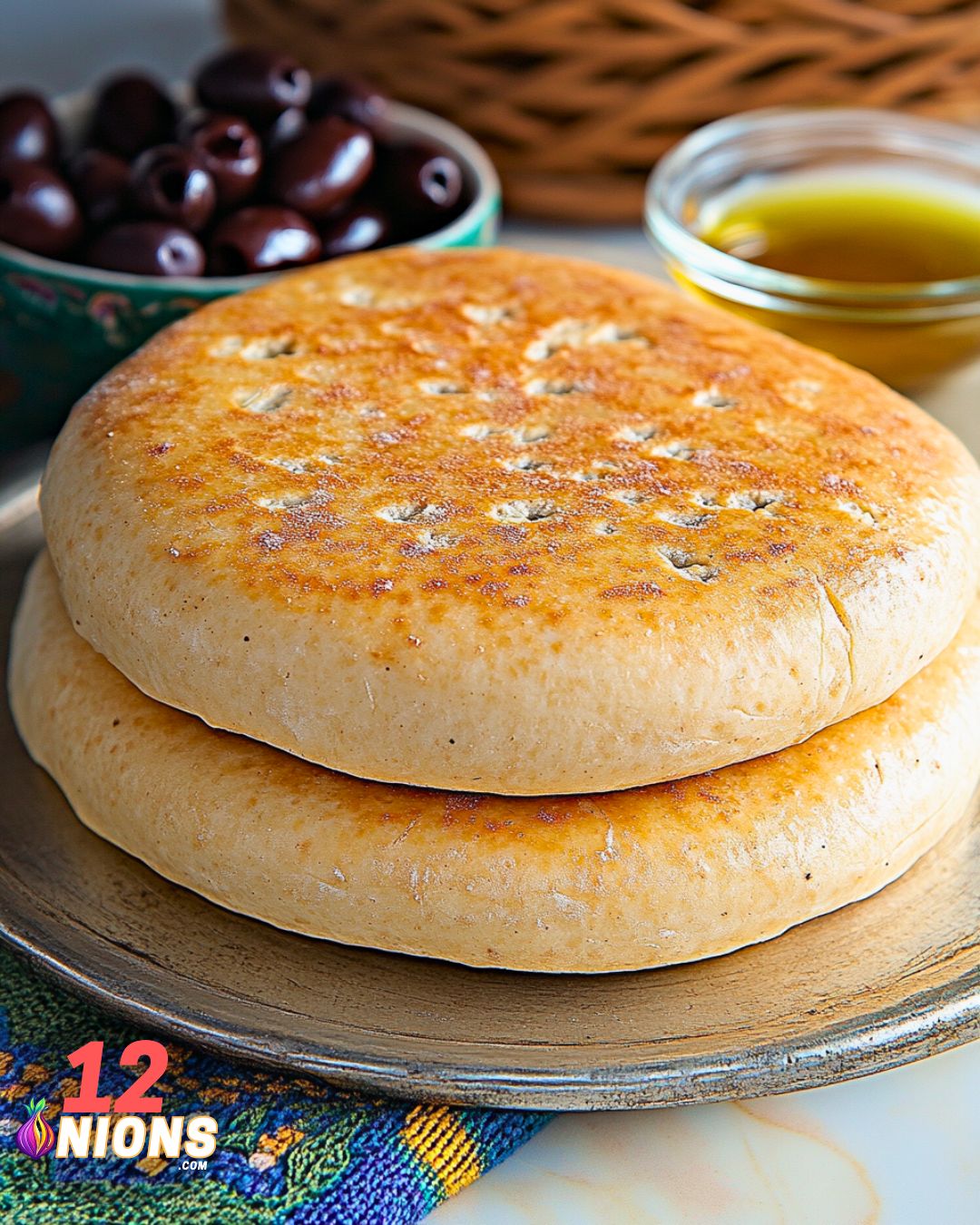
Traditional Moroccan Bread
Ingredients
- 4 cups all-purpose flour you may substitute with a mix of wheat and white flour
- 2 cups lukewarm water
- 1 tablespoon active dry yeast or 1 packet of a similar brand like Red Star
- 2 teaspoons salt
- 1 teaspoon granulated sugar
Instructions
- In a small bowl, combine the yeast, sugar, and 1 cup of warm water. Stir well and let it sit until the yeast starts to foam.
- In a large bowl, mix together the flour and salt. Once the yeast mixture is foamy, pour it into the flour mixture. Start to blend the ingredients.
- Keep an additional cup of warm water handy and gradually add it to the flour mixture. You may not need the entire cup.
- Continue mixing until the dough forms a ball. The dough should be slightly sticky at this stage.
- Apply a bit of vegetable oil to your hands and knead the dough. You may not need the full 1/4 cup of oil.
- Knead the dough for 8-10 minutes until it becomes elastic and no longer sticky. If using a mixer, reduce kneading time to about 5 minutes.
- Oil both the dough and the bowl, then cover them. Let the dough rest for 15 minutes.
- Divide the dough into 2-3 pieces based on the desired size of the bread.
- Shape each piece into a smaller ball. On a floured surface, flatten each ball from the center outwards, similar to forming a pizza crust. Traditional Moroccan bread is round, but any shape will work.
- Flatten the dough to about 1/4 inch thick and ensure it is even all around.
- Cover the shaped dough with a towel and let it rise for about 45 minutes. Meanwhile, preheat your oven to 400-425°F.
- Once risen, prick the dough several times with a fork and place it on a baking sheet or stone.
- Bake until the bread turns golden brown and sounds hollow when tapped, approximately 18-20 minutes. Remove from the oven and let cool.


